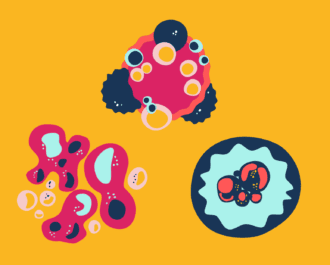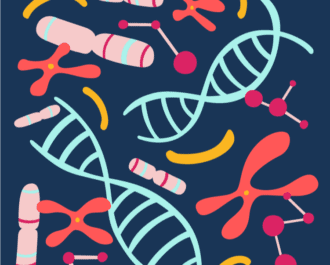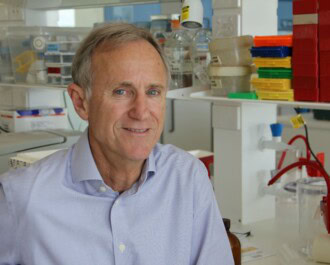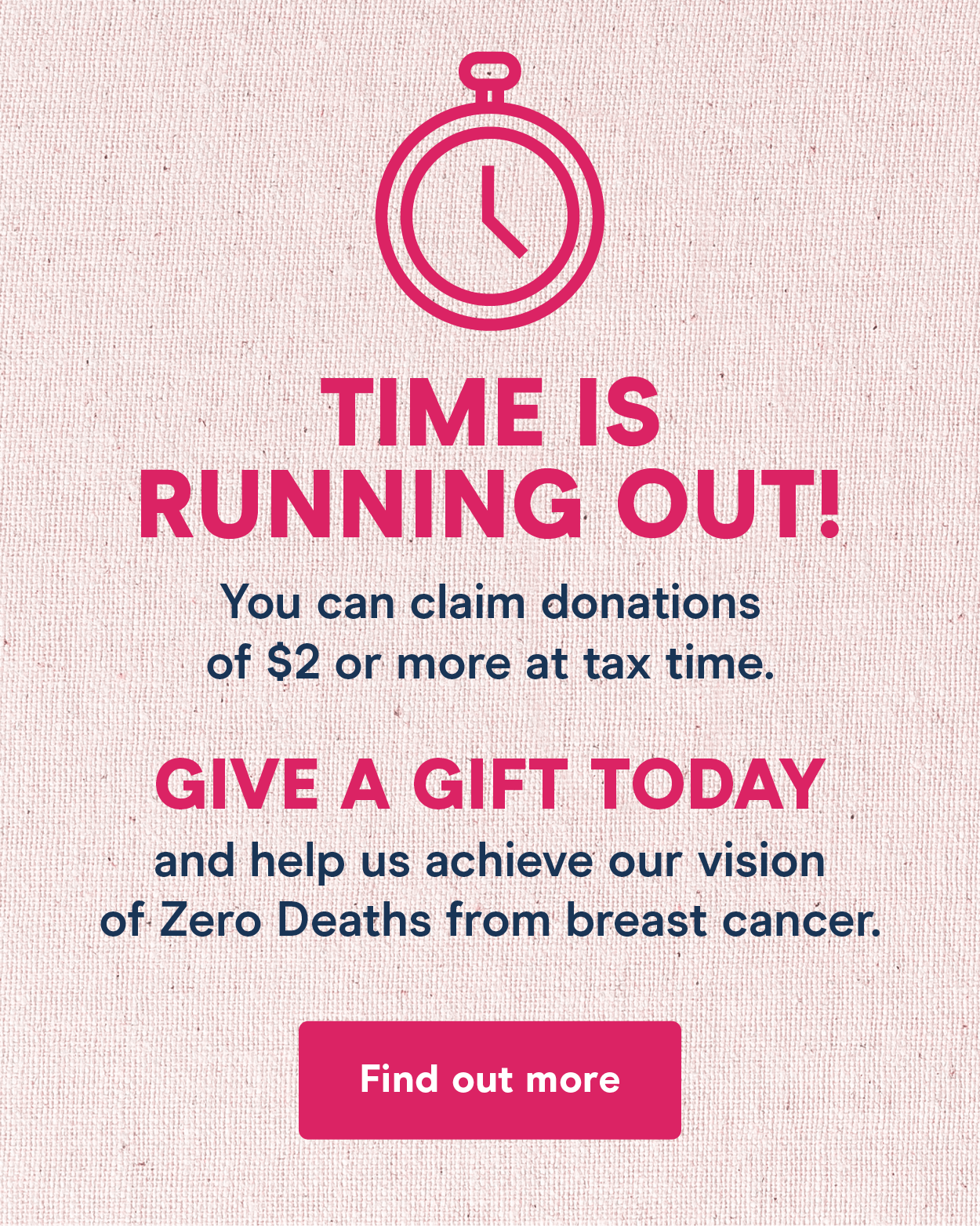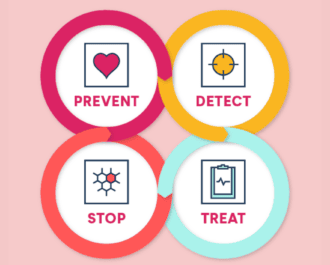
Mammography, or an X-ray of the breasts, used to visualise abnormalities in breast tissue is an highly effective technique to detect breast cancer early lowering mortality in women who are asymptomatic. However, a small proportion of breast cancers can be missed during population-based screening. To focus on this important issue, National Breast Cancer Foundation (NBCF)-funded researcher, Professor Patrick Brennan (University of Sydney), developed an online training program, called DetectedX, to help clinicians around the world diagnose breast cancers more accurately.
A critical first step to creating this digital training tool is the development of an online program called BREAST. Funded in part by NBCF, BREAST allowed clinicians to assess their performance in reading mammograms. Studies published by Prof Brennan and his team revealed that BREAST was successful in improving diagnosis using mammograms.
Encouraged by these findings, Professor Brennan and his team extended his training program to include other types of medical imaging, namely ultrasound, CT scans and MRI screening for other diseases such as lung and prostate cancers, which led to DetectedX, a wed-based image-interactive radiology online training learning centre created in 2019 at the University of Sydney.
DetectedX contains learning content which include training modules that simulate the clinical experience, lectures from world-leading academics and exam questions so that students can test their knowledge. Notably, the platform is the first in the world to use artificial intelligence (AI) to customise the image-based training to each individual clinician, providing real time feedback to help improve diagnostic performance.
During the early stages of the COVID-19 pandemic, over an intense four-week period, the platform was adapted to create a free image-based tool to train health workers around the globe to recognise COVID-19. Remarkably, the platform enabled the recognition of COVID-19 in CT scans with only one to two hours of training.
The platform is now used by over 5000 users in over 150 countries, including in national screening programs across four continents, providing expert radiology education with the ultimate goal of improving sensitivity of diagnosis for millions of patients diagnosed with breast cancer.
Professor Brennan said that the global impact of the platform on improving the diagnosis of breast cancers and other diseases, was made possible by hard work of his team, and the support of funding NBCF, the Royal Australian and New Zealand College of Radiologists, and the Australian Government.
“The creation of DetectedX highlights how research over time can make a difference,” Professor Brennan said. “By harnessing innovative technologies such as AI, we can continue to improve the outcomes of patients diagnosed with breast cancer – and to ultimately save more patients’ lives.”
More News Articles
View all News
